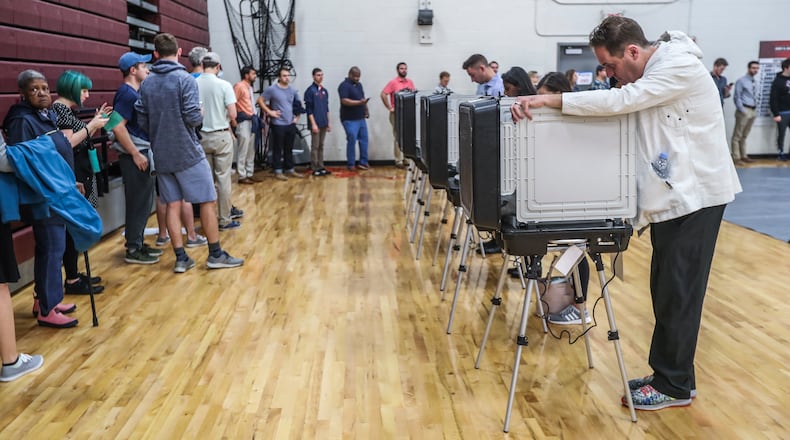During the campaign for Governor, Democrat Stacey Abrams made a big effort to register new voters and reach out to minorities.
Republican Brian Kemp sought to build off Donald Trump’s 5-point win 2016 win and continue Republican dominance in statewide races.
The electorate shifted in ways that helped both campaigns and raises the possibility that Georgia could see more close races in the future.
Some highlights:
- Voter turnout skyrocketed statewide by more than 10 percent from 2014 to 2018. Turnout increased by at least 20 percent in 81 counties. Kemp won 71 of those counties, which tended to be exurban or rural.
- The electorate was less white than it has ever been. About 59 percent of Georgia voters were white. That's down from 61 percent in 2016 and 64 percent in 2014.
- Georgia voters were also older this year. People 52 and older made up 52 percent of the electorate, which was a 5 percent increase from 2016. Millennials were not much of a factor. Voters 18-34 were 19 percent of the electorate – about a 3-percentage point drop from two years ago.
- Voters in Georgia's most populated areas are becoming more Democratic. Stacey Abrams outperformed Hillary Clinton's 2016 rates in all 25 counties with at least 100,000 residents. Meanwhile Kemp underperformed Trump's totals in the state's 18 top populated counties.
- There was not a huge surge in new voters. About 7 percent of voters registered in 2018. In 2016, 12 percent of voters registered.
Breakdown of 2018 Georgia electorate
Gender: Male 44 percent, female 55 percent
Race: White 59 percent, black 29 percent, Latino 2 percent, Asian 2 percent, Other 1 percent, Unknown 7 percent
Age: 18-34 19 percent, 35-51 29 percent, 52 and older 52 percent.
Keep Reading
The Latest
Featured






